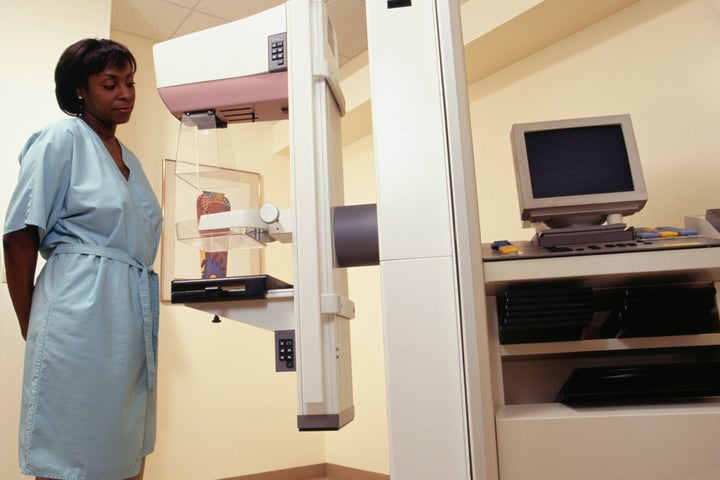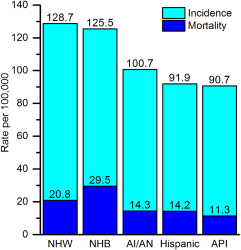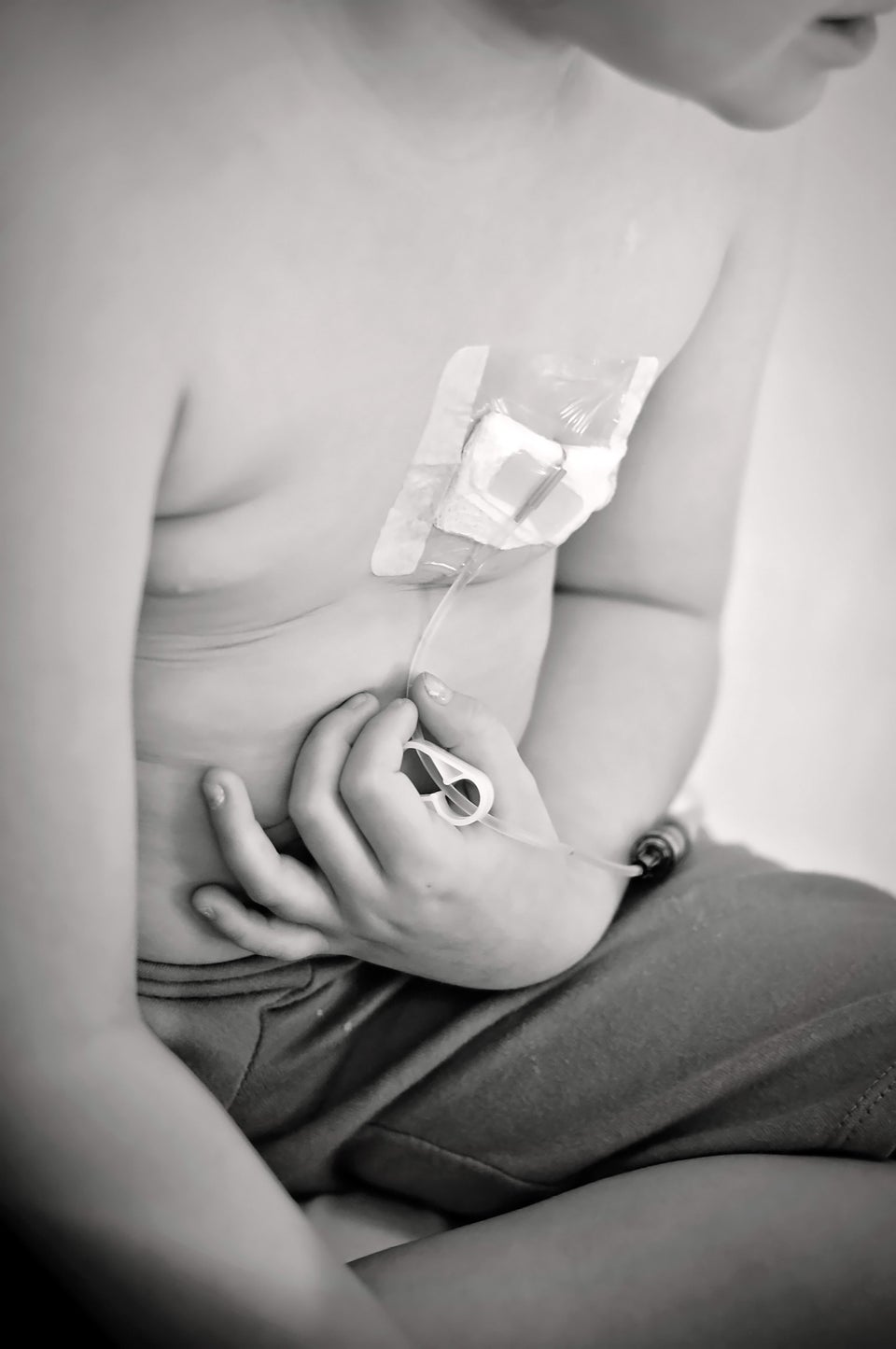
A study published this week demonstrated that breast cancer death rates, already low, are improving even more. But one thing was missing from the hopeful headlines: There’s a major gap in mortality between black and white women.
According to a new report from the American Cancer Society, breast cancer death rates declined 39 percent between 1989 and 2015. As of 2015, white women have a 39 percent greater chance of surviving the disease than black women do. That racial disparity emerged in the early ’80s, widened through 2015 and has remained steady since, the report says. Meanwhile, Native American, Latina and Asian women have lower rates of breast cancer and death from breast cancer than white women.

Experts say that biological differences in breast cancer tumors, along with health care policy, keep the gap wide. Black women are twice as likely to be diagnosed with triple negative breast cancer, an aggressive form that’s harder to treat. And tamoxifen, a drug that’s hugely responsible for the overall improvement in death rates, treats another type of breast cancer, called hormone-receptor-positive breast cancer, that black women are less likely to get.
Unequal access to preventive screenings and treatment is another reason for the difference in death rates between white and black women. Black women get mammograms slightly more often than white women nowadays, but they had lower screening rates in the past, which “may be one possible reason for the difference in survival rates today,” according to the Susan G. Komen website. Access to follow-up care can also differ among the races, they add.
Less access to screening means black women might wait longer between mammograms, be diagnosed late or be unable to follow up altogether when a mammogram comes back abnormal, said Beth Glenn, associate director for the UCLA Kaiser Permanente Center for Health Equity. For black women who live in poverty, clinics might be too far away.
Poverty indeed blocks some black women from care, said Christine Ambrosone, a cancer prevention chair at the Roswell Park Cancer Institute.
“Things like transportation for cancer treatment can be a barrier,” she told HuffPost, “particularly for women who need radiation therapy, a treatment that needs to be given daily, and who cannot get that time off from work.”
But even when economics is controlled for, black women face barriers due to the biological factors mentioned above, as well as racial discrimination in health care settings.
Interestingly, the report mentions three U.S. states ― Massachusetts, Connecticut and Delaware ― that have managed to close the gap, likely by widening health care access so it’s easier for everyone to get treatment when they need it. The prime example is Massachusetts, which passed a health care reform law in 2006 requiring all residents to have health insurance and offering free health insurance to poor residents who qualify.
“In general, states with more coverage for low-income women tend to have better outcomes” regarding breast cancer deaths, Glenn said.
Wide-ranging health insurance laws aren’t the only way states can improve mortality rates for black women with breast cancer, Carol Desantis, the report’s lead author and a director at the ACS, told HuffPost. Targeted investments in breast cancer programs could go a long way to helping patients get the care they need, too.
Glenn pointed to programs like the National Breast and Cervical Cancer Early Detection Program, a government program that helps low-income women get access to screenings. While these federal government programs do exist, she said, ultimately states control how they’re enacted. States could give more funding to these programs to help close the gap. They could also pass policies requiring insurance companies to pay for all recommended breast cancer treatments and making it easier for patients to get insurance authorizations for the treatments they need.
Experts also say hospitals need to factor diversity into hiring and training and work to make health care settings more inclusive.
Ambrosone said speaking up about racial differences is key, too.
“These [report] results show that we need to advocate for one another ― as individuals and communities ― to try to eliminate these inequalities in diagnosis and care,” she said.
